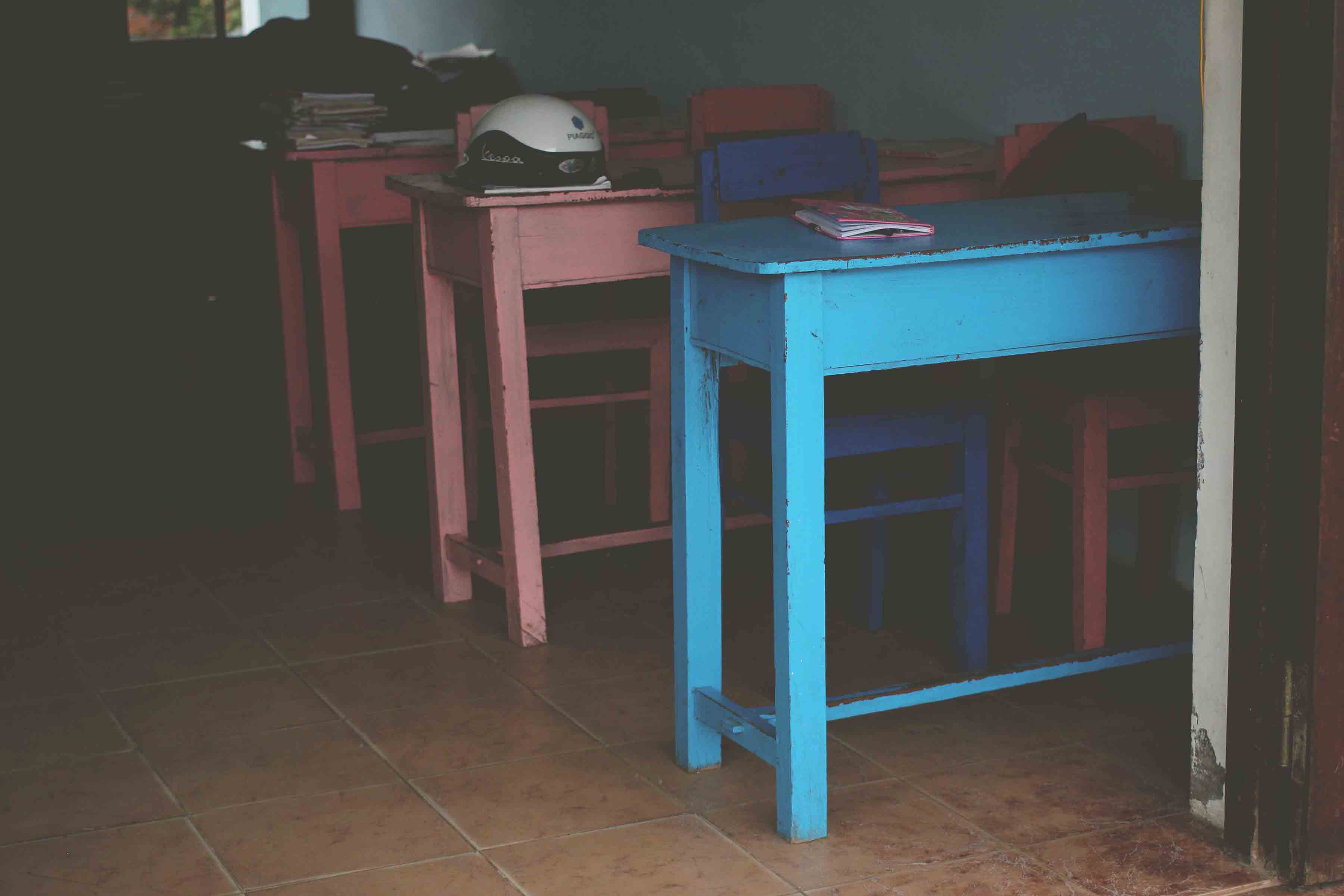Title: Gender differentials in the impact of parental death: Adolescent’s sexual behaviour and risk of HIV infection in rural South Africa.
Authors: Makandwe Nyirenda, Nuala McGrath, Marie-Louise Newell
Date: October 2010
Abstract: Using data from a longitudinal surveillance study from rural South Africa, we investigated the odds of sexual debut, pregnancy and HIV infection of 15- to 19-year-old adolescents by parental survival. Using descriptive statistics and logistic regressions, we examine the relative risk of orphans compared with non-orphans to have ever had sex, being pregnant and being HIV infected, adjusting for age, sex, socio-economic status, education, being employed and residency. Of 8274 adolescents, 42% were orphaned (one or both parents died). Over 80% of adolescents remained in school, but orphans were significantly more likely to lag behind in grade for age. Female adolescent maternal (aOR 1.32, 95% CI 1.07-1.62), paternal (aOR 1.26, 95% CI 1.06-1.49) and dual (aOR 1.37, 95% CI 1.05-1.78) orphans were significantly more likely than non-orphaned females to have ever had sex; among males it was only paternal (aOR 1.27, 95% CI 1.05-1.53) orphans. Maternal (aOR 1.49, 95% CI 1.03-2.15) and dual (aOR 1.74, 95% CI 1.11-2.73) female orphans relative to non-orphaned females were significantly more likely to be HIV infected; male paternal (aOR 3.41, 95% CI 1.37-8.46) and dual (aOR 3.54, 95% CI 1.06-11.86) orphans had over three-fold the odds of being infected. There was strong evidence that death of mother for girls was associated with increased vulnerability to earlier sexual debut and HIV infection, while fathers appeared to play a significant role in both their son’s and daughter’s lives.
[button link=”http://www.mendeley.com/research/gender-differentials-impact-parental-death-adolescents-sexual-behaviour-risk-hiv-infection-rural-south-africa/” color=”green” newwindow=”yes”] View Online [/button]



